A few weeks ago one of the historical clubs on the San Joaquin Valley,CA Westside was given a Caterpillar hillside galvanized harvester, of course always nice to lend a hand. We were supposed to haul it a few weeks back but the low bed was busy getting ready to start the process of shaking the L out of 1.2 million trees. Luckily early Saturday morning after sunrise we had a spot heading back north.
There was another older wooden horse drawn one further up the hill, but it has started to decompose after probably 125 years.
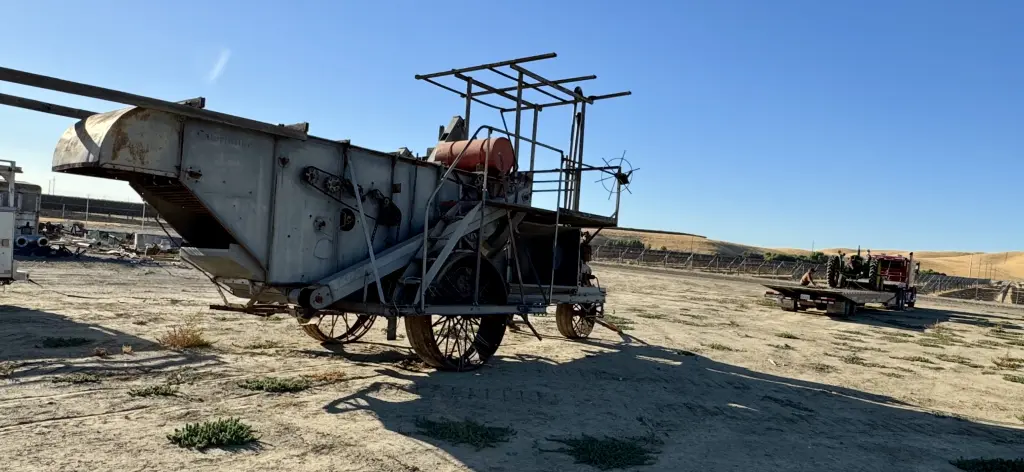
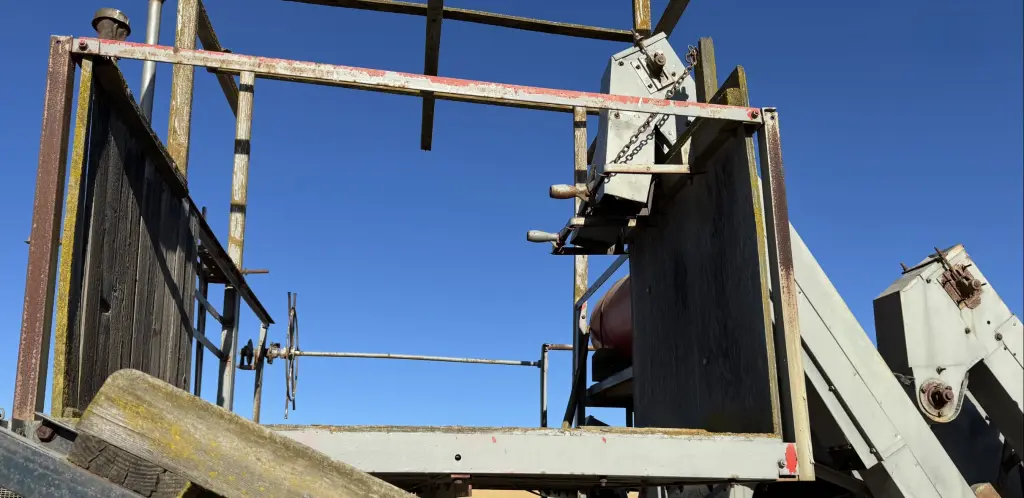
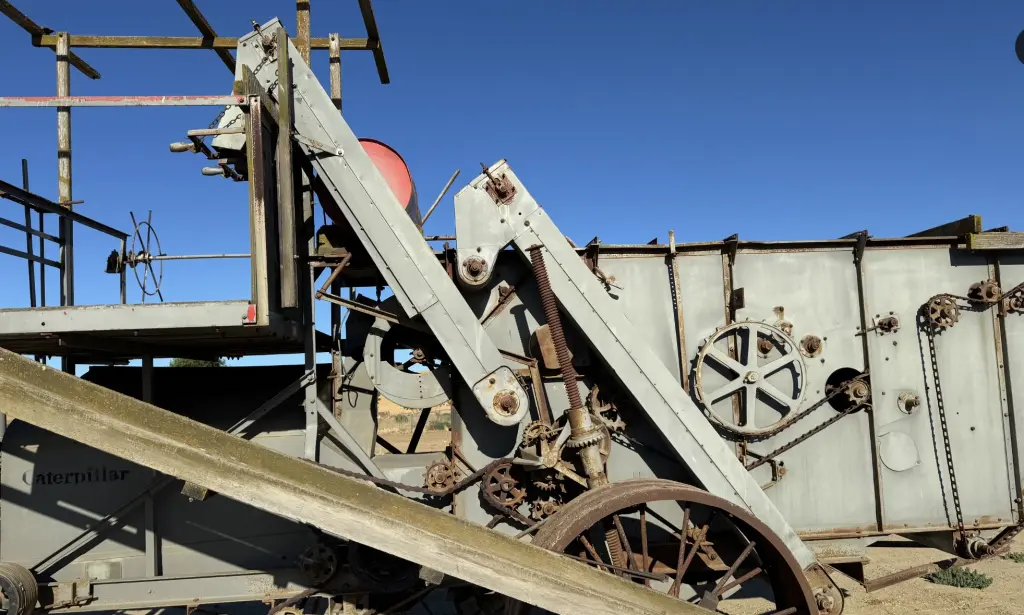
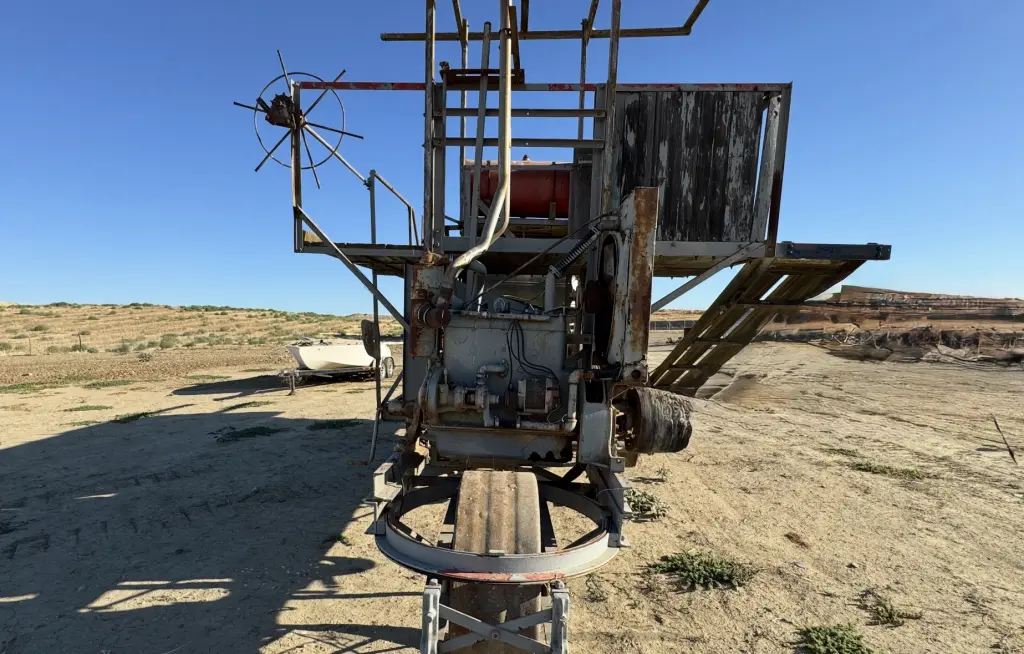
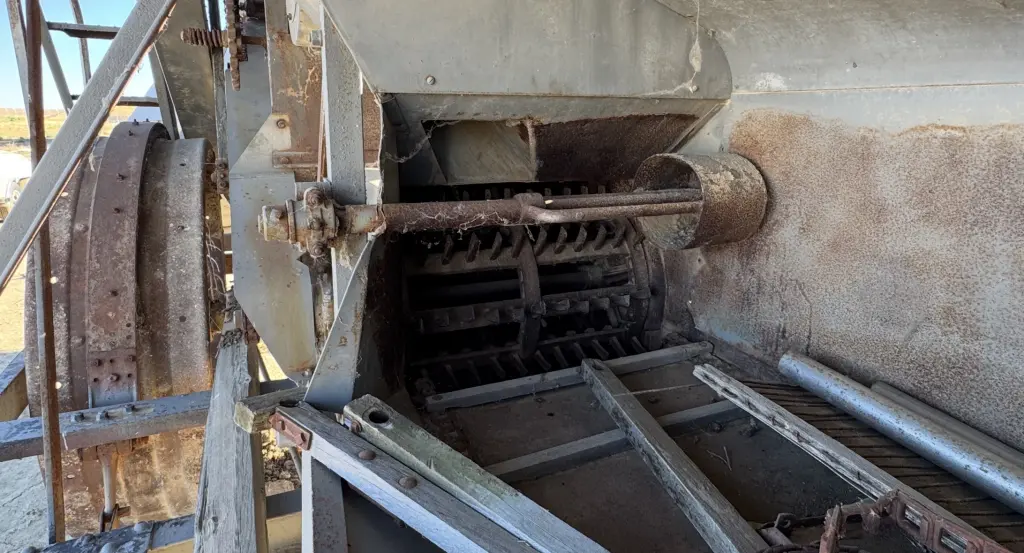
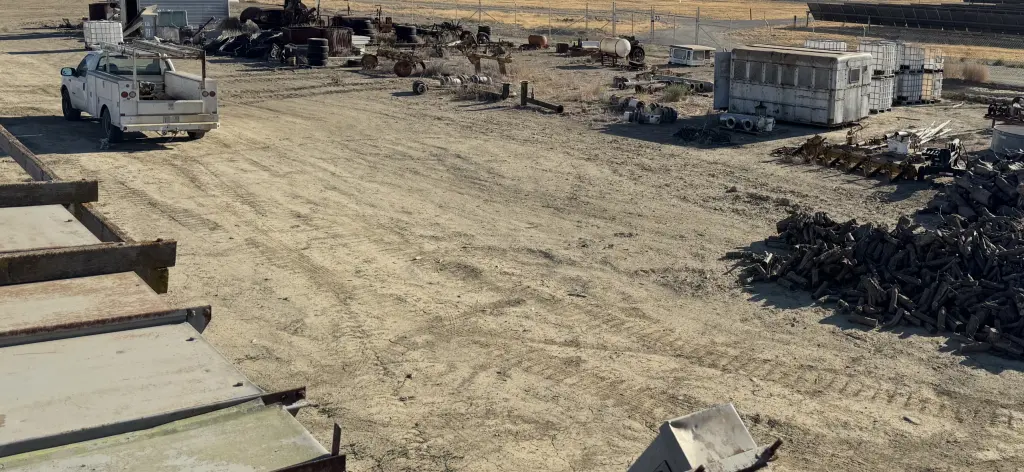
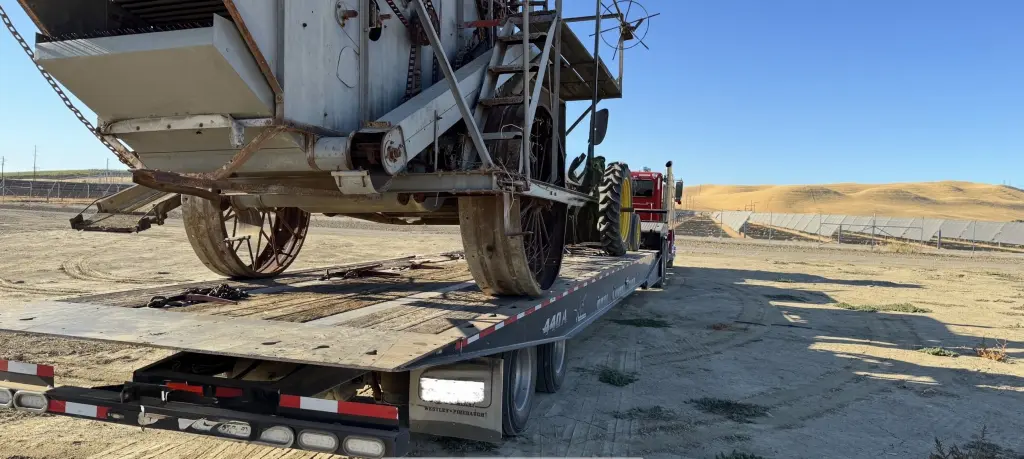
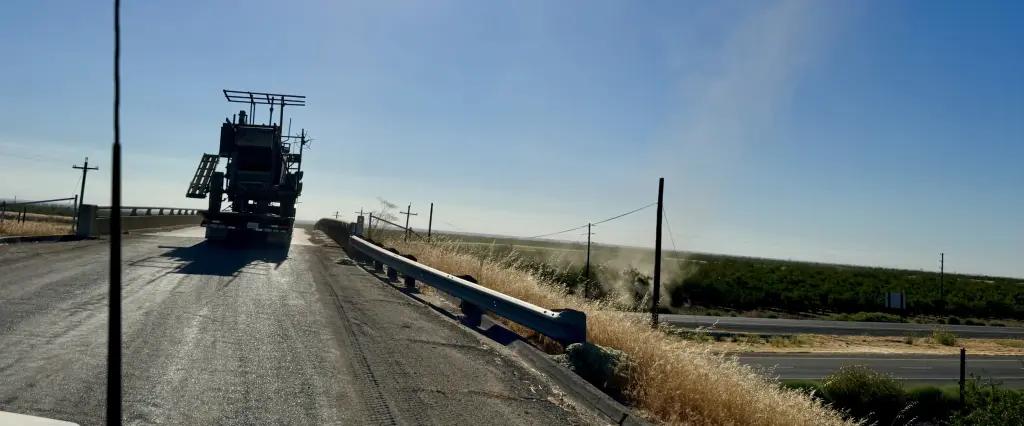
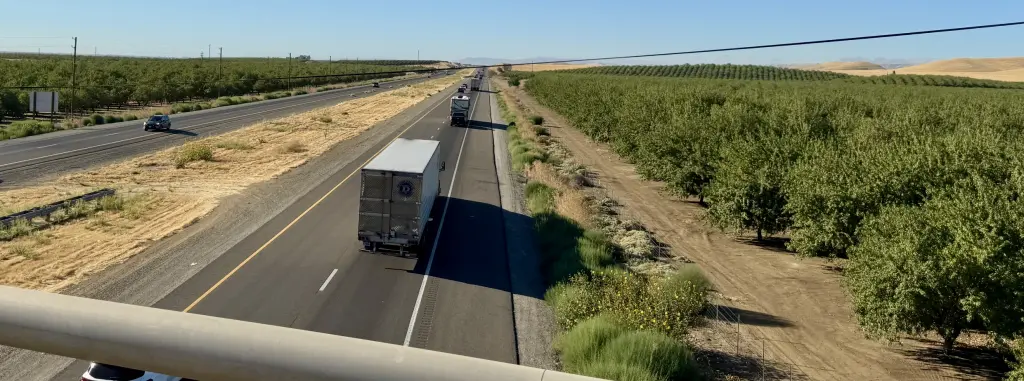
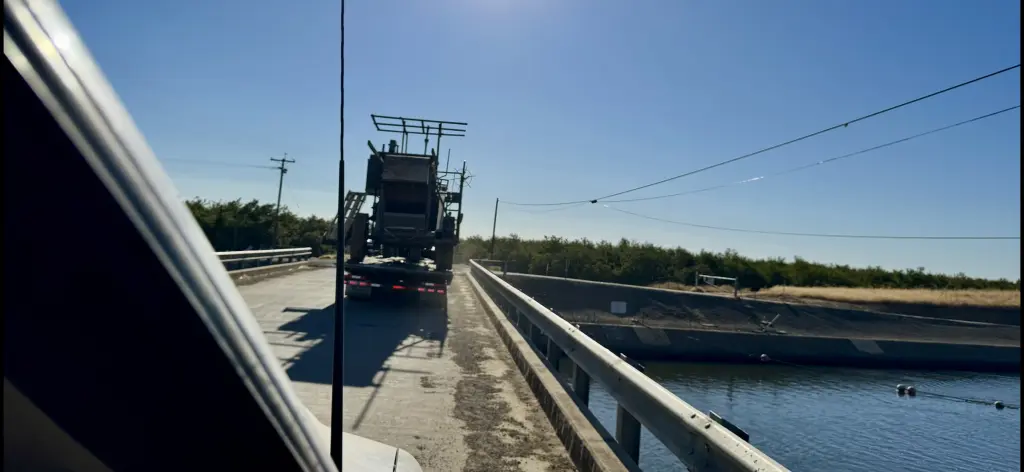
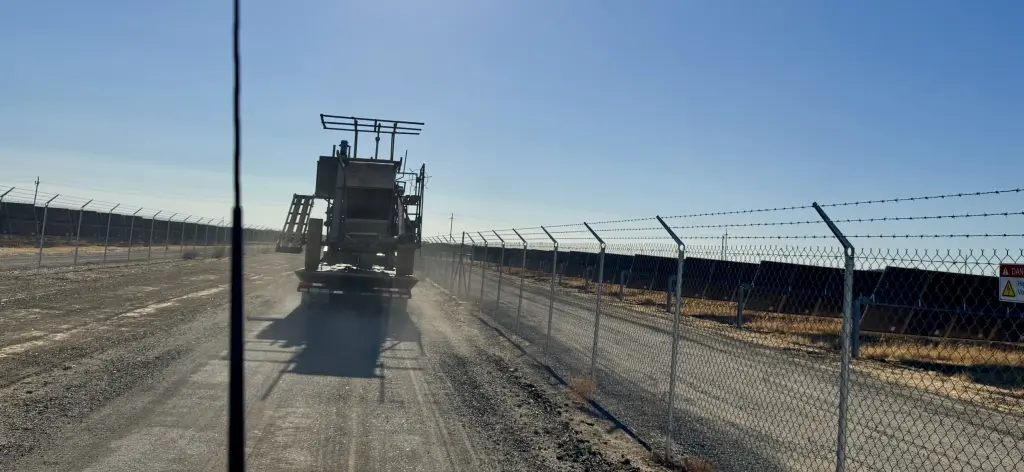
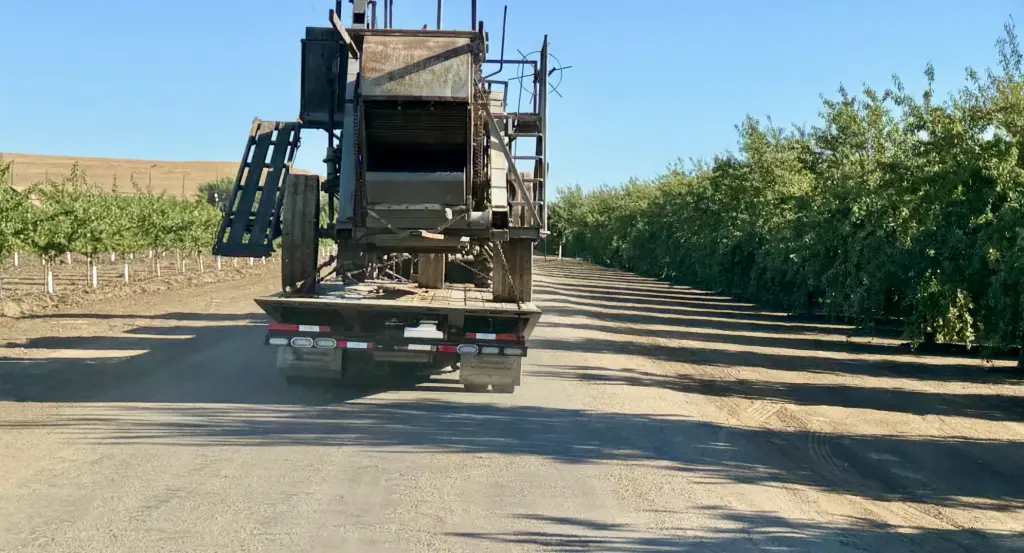
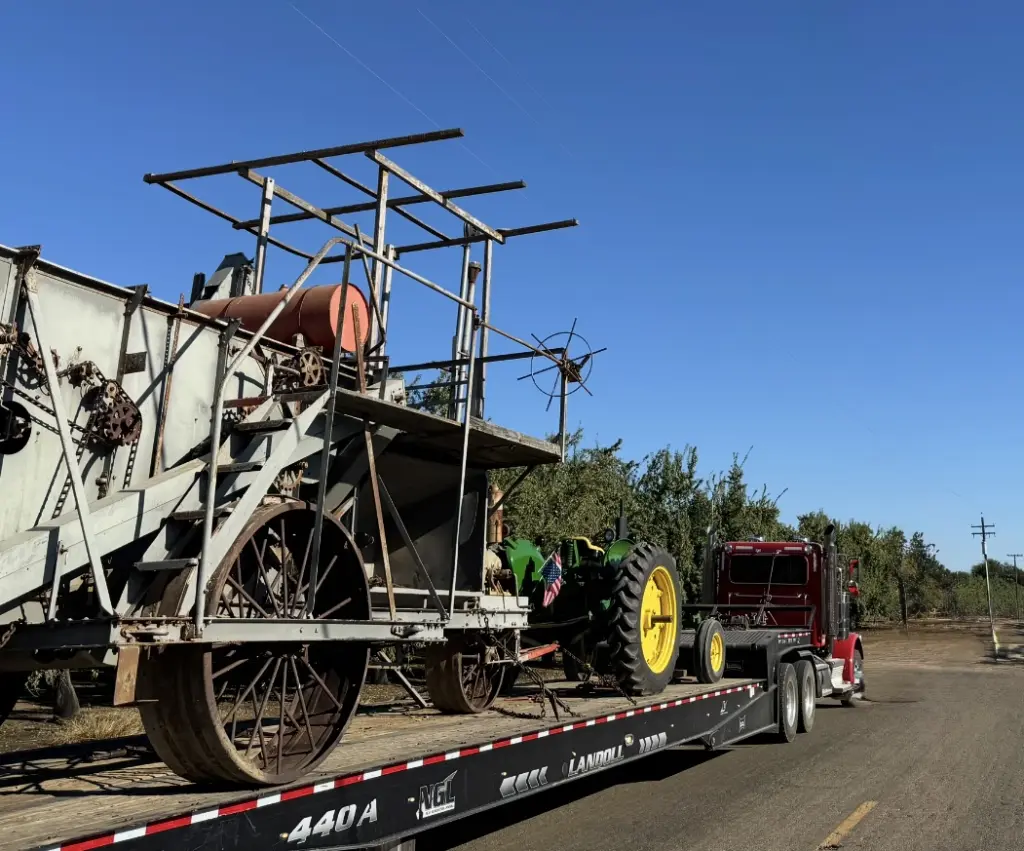
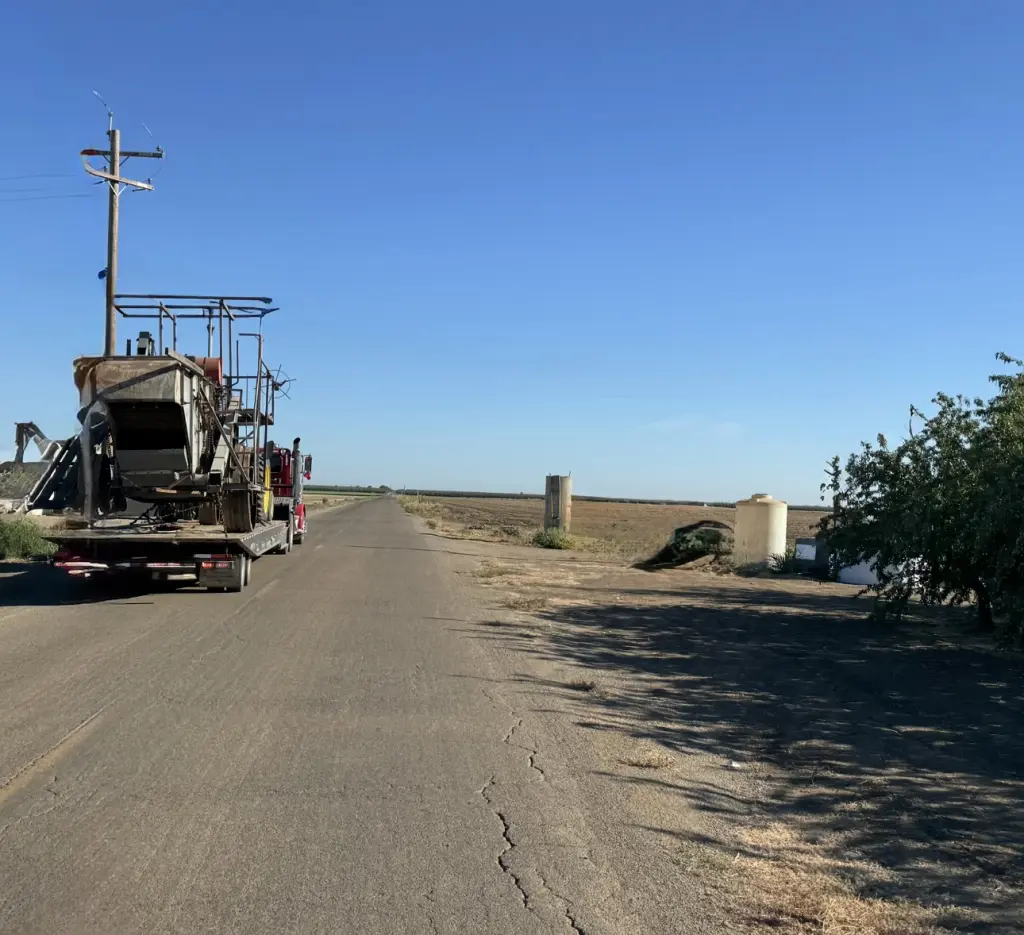
Quite a Gift!! Looks like it was in a dry location and is pretty well preserved. Thanks for the info and the pics.
Cats Forever
Great job and thanks for the share, CR!
The new Patterson Museum is taking shape thanks to your member and volunteers. Can’t wait to check it out.
An added bonus would be having an old hand familiar with one of those old harvesters. One of our locals would work on them and fondly talk of his days as a “sack sewing teen”. JM
D4 Jim, yes it is dry in August here, come end of October early November the weather changes 180 and this land turns into a sticky slimy mud pit and thick Fog down on the valley floor until mid April or May depending on the cycle. Luckily this was stored in an old redwood barn that was further behind that white utility pickup. That being said the wood deck up top is a little soft in spots, already have one broken foot so I decided not to keep fiddling around up there.
Back in the late 1800’s dryland grain days they would work the ground after the first few showers in October, plant right before thanksgiving hopefully in between storms. The winter rains would keep the crop growing until the weather changes in May, by June the hot dry weather permitted the direct combined harvesting of the grain. Summer they would head over to Santa Cruz and wait until October to return. Traditionally in the 1800’s the Basque would run flocks of sheep through there to keep the weeds and unharvested grain under control.
Juiceman thanks, I was surprised to see the sack loading unit still on there, in 1942 the local war board ordered a restriction on sacks and authorized materials to convert the harvesters to bulk handling that winter
Very Nice looking well preserved machine. I was too late to be around those machines but noticed the sack "holders", recall something very similar on the walnut dryer as a kid. I learned to sew sacks but was never proficient. I did notice a "Wheel Brake Band" on the right wheel. Thanks for sharing, glad that it was inside and well preserved. Wooden Deck will be the easy part of restoration. cts
Still a few of those around down here. But are all the newer version in green paint.
CTS I am somewhat surprised they were all gone in your area in your youth. But then again they were known to not like passing any green plant matter very well. And guessing rice was the crop of choice if grain was planted.
JD sold the model 36 new until in 1951, the 36B sidehill model until 53 by special order, because they only had the 55 H hillside model to replace it until 57 when the 95 was released.
Ray - I do not remember having seen sacks of grain from a "harvester". Most all of the grain farms were rice, orchards along the river. Some Dry Land farming on the East side of the river but I was not over on that side to speak of. West side of the Sacramento River in Glenn & Colusa Counties were under irrigation in the very early 1910's. East side did not have the developed irrigation systems and until wells were used much remained as dry farming. AS you stated, most of the "pull rigs" were replaced by "push rigs" in early 50's. If what I have been told was correct, Massey Harris was one of the first push rigs, they were generally used to "open up" (make the first pass) next to the checks to avoid the harvesters-tractors having to run over standing grain on first pass. When I worked for I.G. Zumwalt, one of the yards had two wooden combines under cover, one of them only ran one season (as I was told by the foreman). Another yard was jammed with JD 17's, JD 36's and a few JD55's. That same yard had many 60's and 60 conversions (diesel power). I think most of them met the fate of the scrap yard. (How little did anyone know they would be in such demand today!) - Growing up and working as a youngster in high school, I would have never believed that the steel tracks would ever be retired in favor of rubber tires, especially in the rice. Seldom do I see tracklayers doing the work, most are gone or in the back lots. cts
CTS yes thanks for bringing back memories of our old walnut line had the exact same setup. I don’t think I ever saw them being used.
Nice save !
Wow that combine looks like it's in fantastic shape, glad you were able to save it too. Does it have the header still?